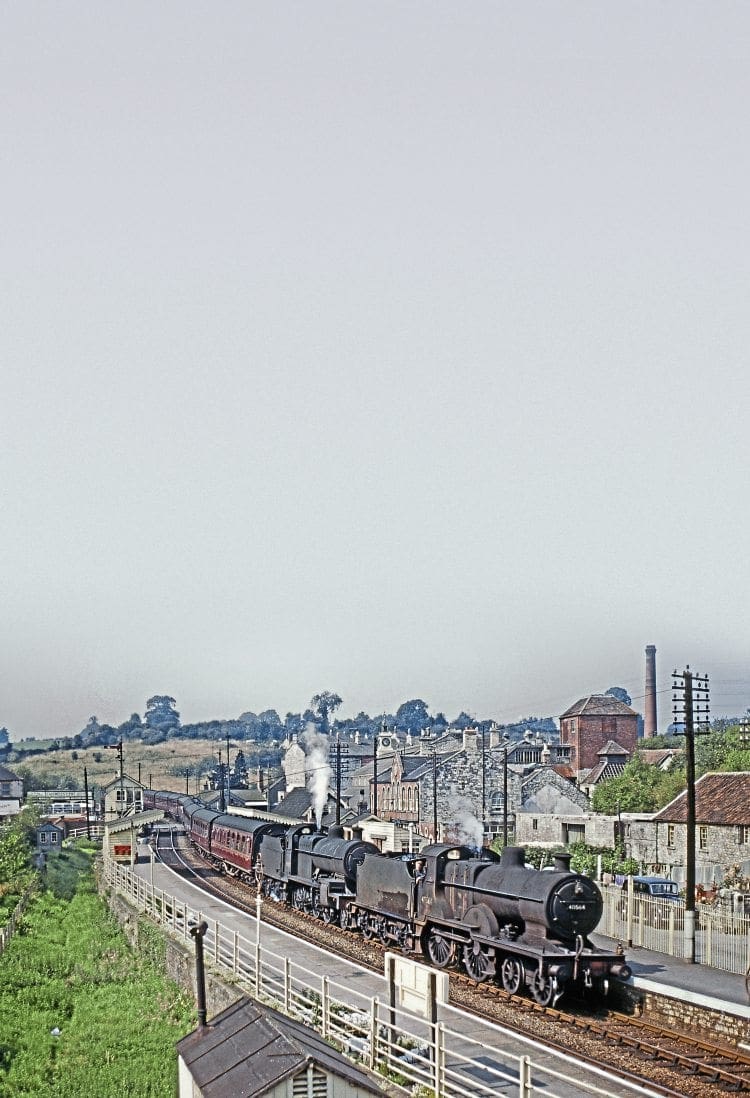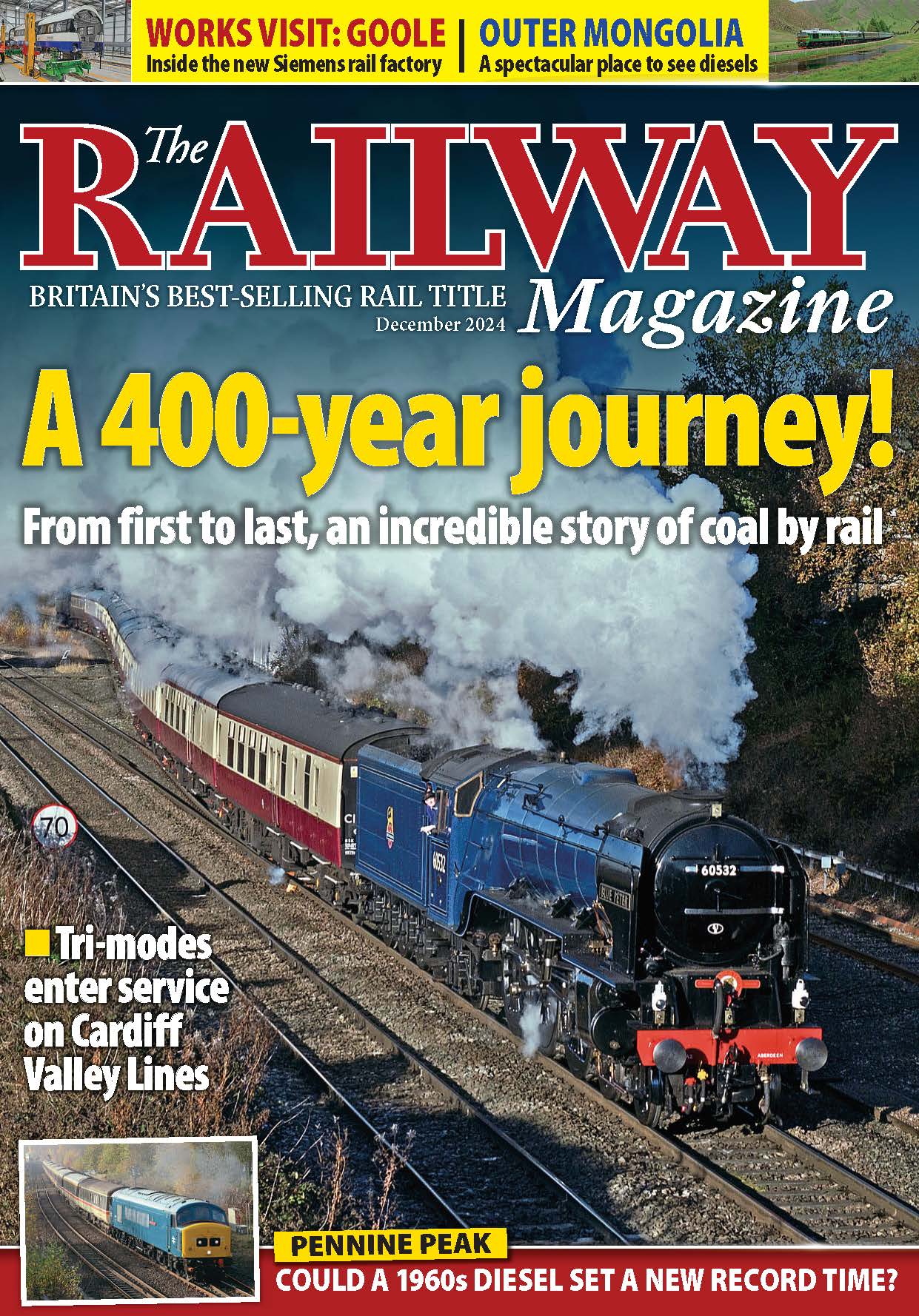This year marks the 50th anniversary of the closure of the Somerset & Dorset (S&D) line, and in the first of a two-part Practice & Performance Keith Farr looks at LMS locomotives that worked the famous and arduous route.

The Nottingham to Bournemouth Saturday ‘extra’ was battling with the climb into the Mendip hills, the three-cylinder rasping of its ‘West Country’ Pacific contrasting with the deep and measured beat of the ‘2P’ 4-4-0 pilot. In the corridor, an irritated gentleman asked if this was indeed the Bournemouth train; on receiving an affirmative answer, he snorted: “But I thought it was supposed to be an express!”
His scorn was not without reason. Even in 1958, long-distance trains travelled at more than 20mph except perhaps in obvious mountain country such as that around Beattock or Druimuachdar. The Somerset & Dorset Railway lacked such a dramatic landscape; yet its locos and crews had to tackle some of the most gruelling climbs on any British main line, with many miles at 1-in-50.
Monthly Subscription: Enjoy more Railway Magazine reading each month with free delivery to you door, and access to over 100 years in the archive, all for just £5.35 per month.
Click here to subscribe & save
The S&D had its origins in the Somerset Central Railway, originally broad gauge and worked by the Bristol and Exeter Railway, and the standard gauge Dorset Central, backed by the London & South Western. The companies aimed to connect the port of Burnham-on-Sea
with Hamworthy (Poole), creating a land bridge between the Bristol and English channels. By February 1862, the Somerset Central had completed its main line, from Highbridge to Cole, where it met the Dorset route from Templecombe; the following September, the two companies combined to form the Somerset & Dorset Railway.
Read more in September’s issue of The RM




